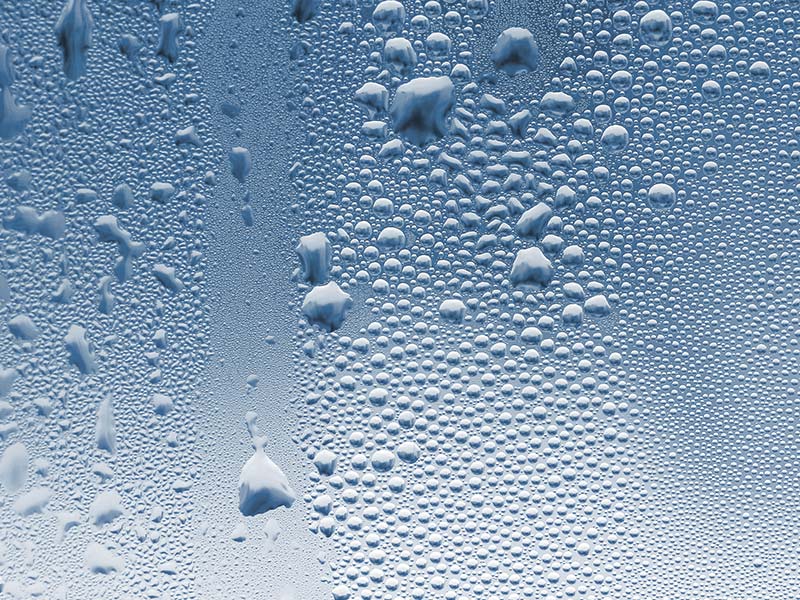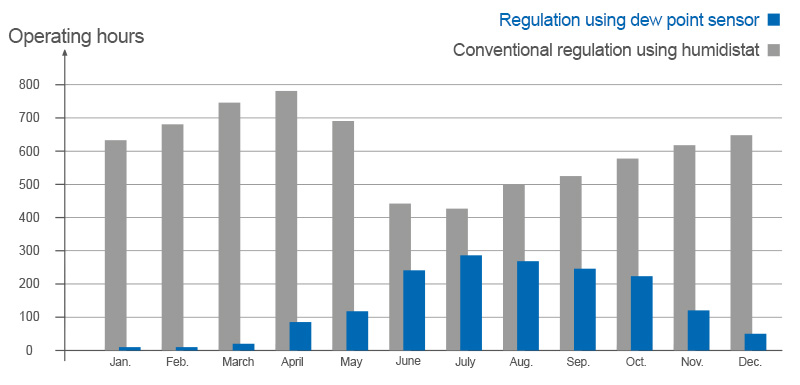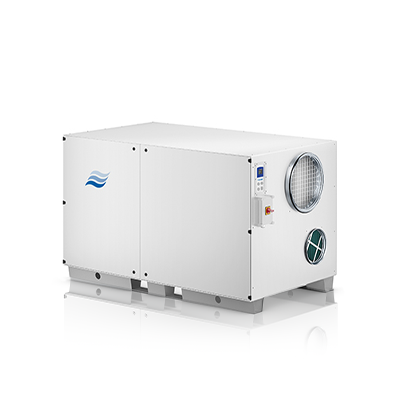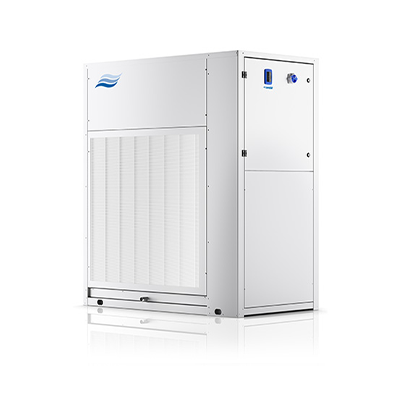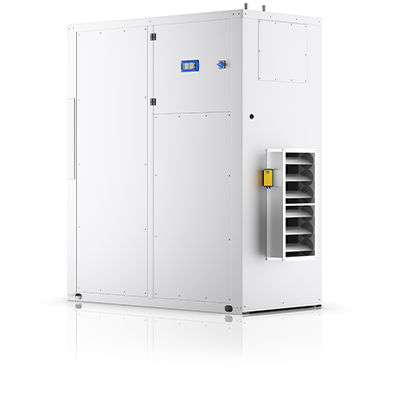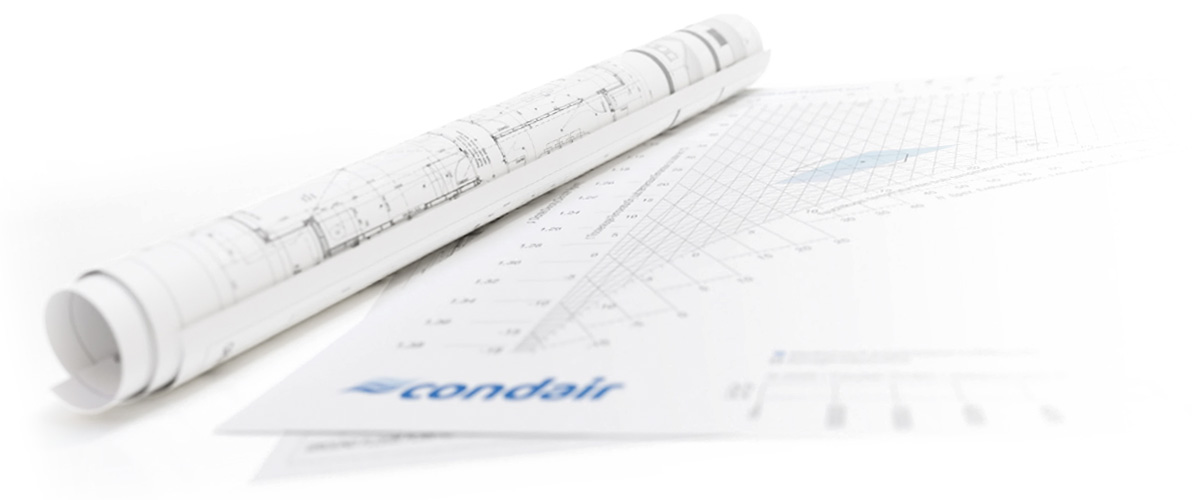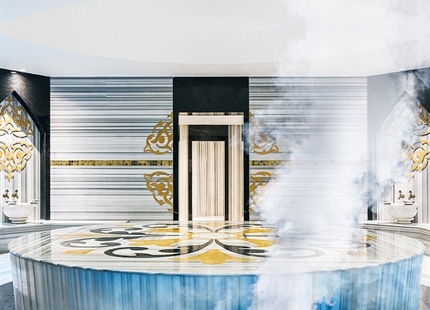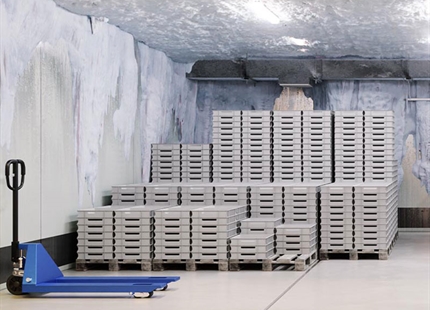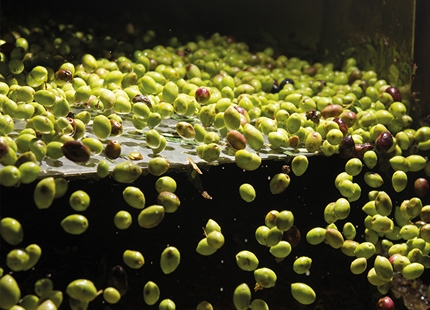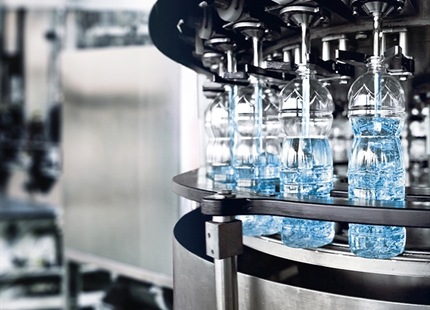Dehumidification in the waterworks
Condensation is one of the biggest challenges faced by companies operating and maintaining equipment at water supply facilities, particularly during the warmer months of the year. The infiltration of warm, humid air into cooler buildings can lead to condensation forming on the pipes and fittings that carry the water, and other colder components.
This can cause considerable damage to technical systems and the building itself:
■ Corrosion of electrical contacts and damage to sensitive electronics
■ Droplet and puddle formation Mold formation and microbe growth
■ Clumping of chemicals and additives
■ Wet surfaces representing a safety risk for staff
■ Destruction of anti-corrosion coatings
Powerful dehumidification systems can effectively and efficiently protect technical equipment in water supply facilities from all kinds of moisture-related damage. They can also help to significantly reduce the amount of downtime required for maintenance by keeping equipment in peak condition. Plus, they keep the working environment safe and hygienic for staff.


